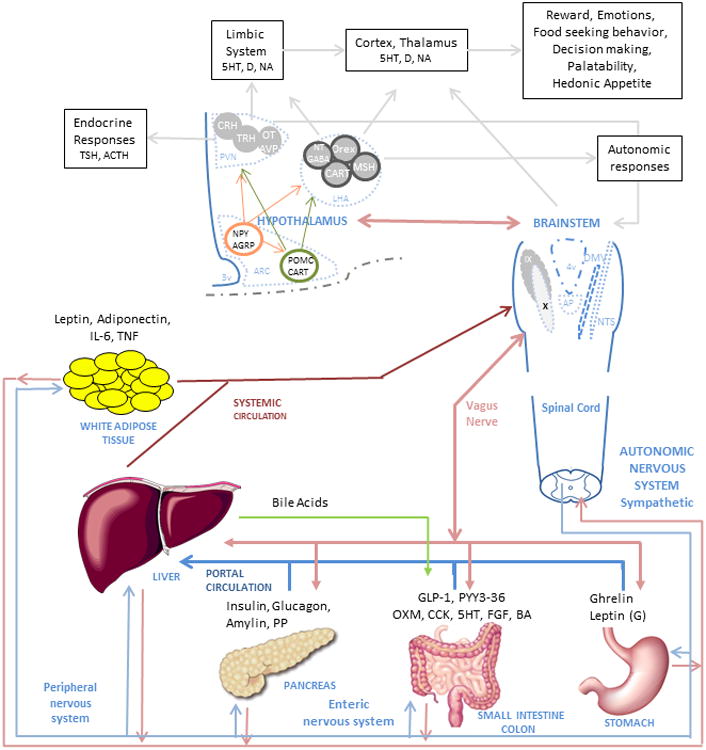Figure 1. Complex Mechanism of Food Intake Regulation.

The food intake process initiates when nutrients enter the gastrointestinal tract. Digestion starts when the nutrients enter the stomach and produce mechanic-dilation decreasing acyl-ghrelin and increasing desacyl-ghrelin and gastric leptin. Stomach dilation sends signals through the vagus nerve and peripheral nervous system to the brainstem and hypothalamus. The digested nutrient passes to the small intestine and colon producing further mechanic-dilation, GI hormones release, bile acid and pancreatic juices secretion. These GI hormones have a local effect (paracrine) and peripheral effect, when secreted into circulation, passed through the liver and affect the muscle, adipose tissue, gastrointestinal motility and function, and nucleus of the hypothalamus and brainstem. The paracrine and endocrine effect induces satiation and satiety. The muscle and adipose tissue release hormones which affect similar nuclei in the brain. The effect on the hypothalamus and brainstem trigger higher brain area responses, modulating behavior and enhancing nutrient-related reward. In the hypothalamus, first order neurons in the arcuate nucleus (ARC) modulate appetite by NPY/AGRP pathway and satiation by the POMC/CART pathway. The neurons interact with second order neurons in the Paraventricular nucleus (PVN) and Lateral hypothalamic (LHA) area to send signals to higher brain areas and to the brainstem. In the brainstem, the Nucleus of the tractus solitarius (NST) and dorsal vagal complex (DMNV) interact with the periphery and gastrointestinal system and brings signals to the higher brain areas and the hypothalamus.
Abbreviations in alphabetical order:
5-HT: serotonin, ACTH: Adrenocorticotropic hormone, AGRP: Agouti-related peptide, ARC: arcuate nucleus, AVP: arginine vasopressin, BA: bile acids, CART: Cocaine- and amphetamine-regulated transcript, CCK: cholecystokinin, CRH: Corticotropin-releasing hormone, D: Dopamine, DMNV: dorsal vagal complex, FGF, Fibroblast growth factor -19, GABA: gamma-Aminobutyric acid, GLP-1: glucagon-like peptide-1, IL-6: interleukin-6; LHA: Lateral hypothalamic, MSH: melanocortin stimulating hormone, NA: noradrenaline, NPY: neuropeptide Y, NST: Nucleus of the tractus solitaries, NT: neurotensin, OT: oxytocin, Orex: orexin, OXM: oxyntomodulin, PP: Pancreatic polypeptide, PVN: Paraventricular nucleus, PYY3-36: peptide tyrosine-tyrosine 3-36, POMC: proopiomelanocortin, TNF: tumor necrosis factor, TRH: Thyroid-releasing hormone, TSH: Thyroid stimulating hormone.
